Olympic jargon you need to know for PyeongChang 2018
The Winter Olympics are a quadrennial celebration of sports and sporting achievement, yes, but they’re also a celebration of niche sports. We’ll see them every four years for perhaps a few weeks at a time, only to have them disappear once more, replaced by sports goliaths like the NFL, MLB, NBA, and college football and basketball.
And, of course, with these somewhat obscure sports comes a somewhat obscure lexicon sure to confuse you, the ill-prepared viewer. We couldn’t cover the entire winter Olympic vernacular, though here are some of the more commonly confusing terms you’ll hear.
Word: Lutz
Sport: Figure skating
A lutz is when a skater leaps from the outer edge of one skate, makes a full rotation in the air, and lands on the back outer edge of the opposite skate. The Lutz is one of five quadruple jumps used by U.S. skater, and prohibitive gold medal favorite, Nathan Chen.
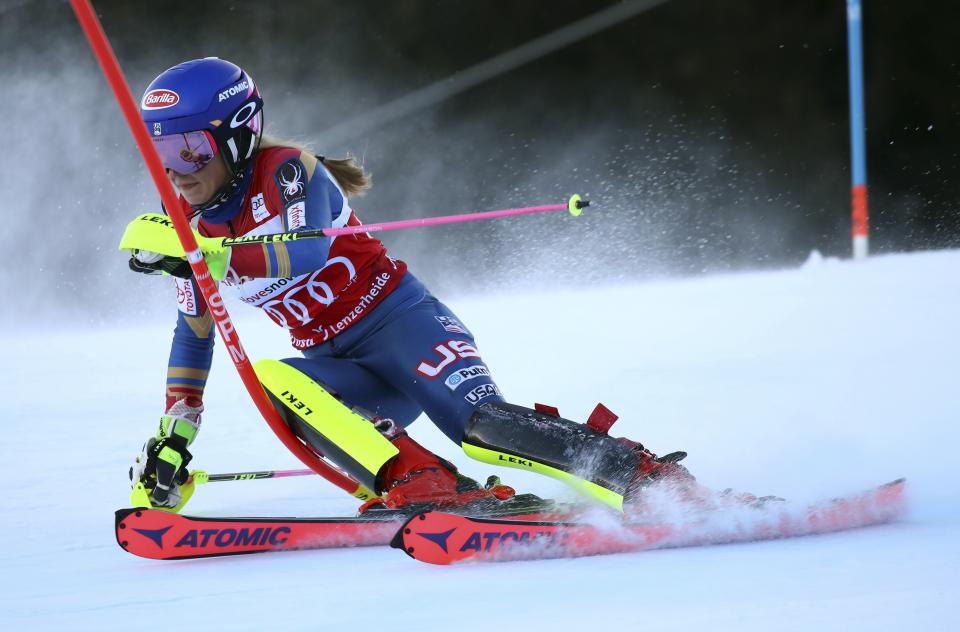
Word(s): Delay, flush, hairpin
Sport: Skiing
Skiing is one of the most popular sports in the Winter Olympics, with the slalom — a race in which skiers race downhill, navigating a series of gates — being one of the most popular races within that sport. Terms you may hear on the broadcast to describe the gates are delay, flush and hairpin, each noting a different type of succession in the gates. A delay features a closed and an open gate in succession, a hairpin with two closed gates in a row and a flush with three or four closed gates in a row.
Now, jargon within jargon: What’s a closed gate versus an open gate? Closed gates are vertical to one another, going north and south on the mountain, while open gates are horizontal, going east and west. So, a delay, which is also commonly referred to as a “banana” for the shape that skiers take to navigate it, is designed to change the skiers’ speed and direction, moving their path across the hill. A hairpin forces a skier to make two rapid turns, and the flush three or more.
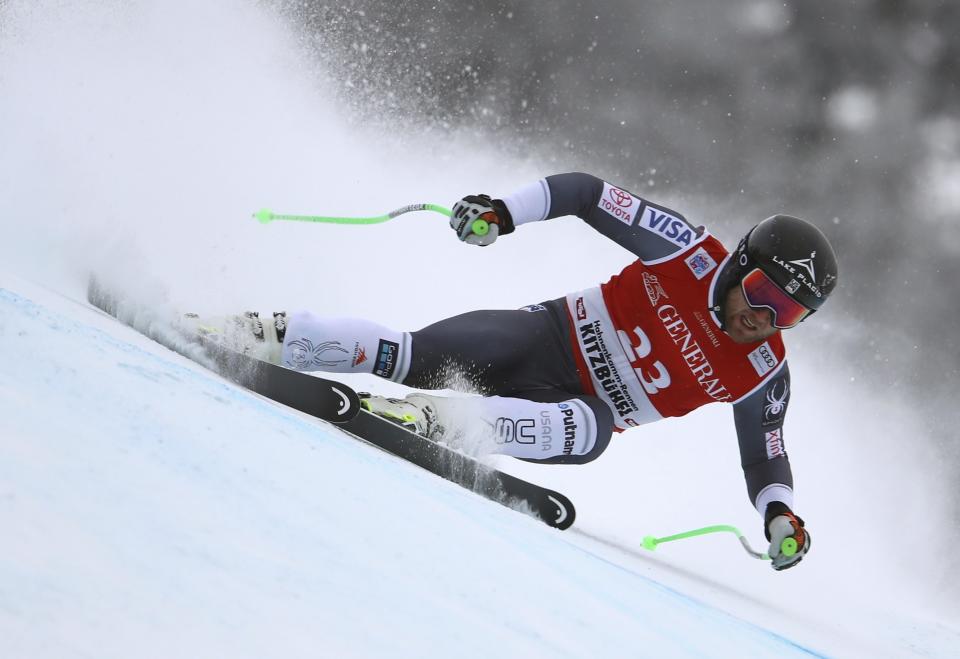
Word: Super G
Sport: Skiing
Most know the term “slalom skiing,” though the “Super G” in its truncated form can be a bit ambiguous. In full, the “Super G” stands for Super Giant Slalom, an event known more for speed than precision, as there is a greater distance between gates, with wider arcs, though not as directly downhill as the aptly named downhill event, which is typically set on the same slope as the Super G, only with a higher starting point.
The Super G was added to the Olympics in 1988.
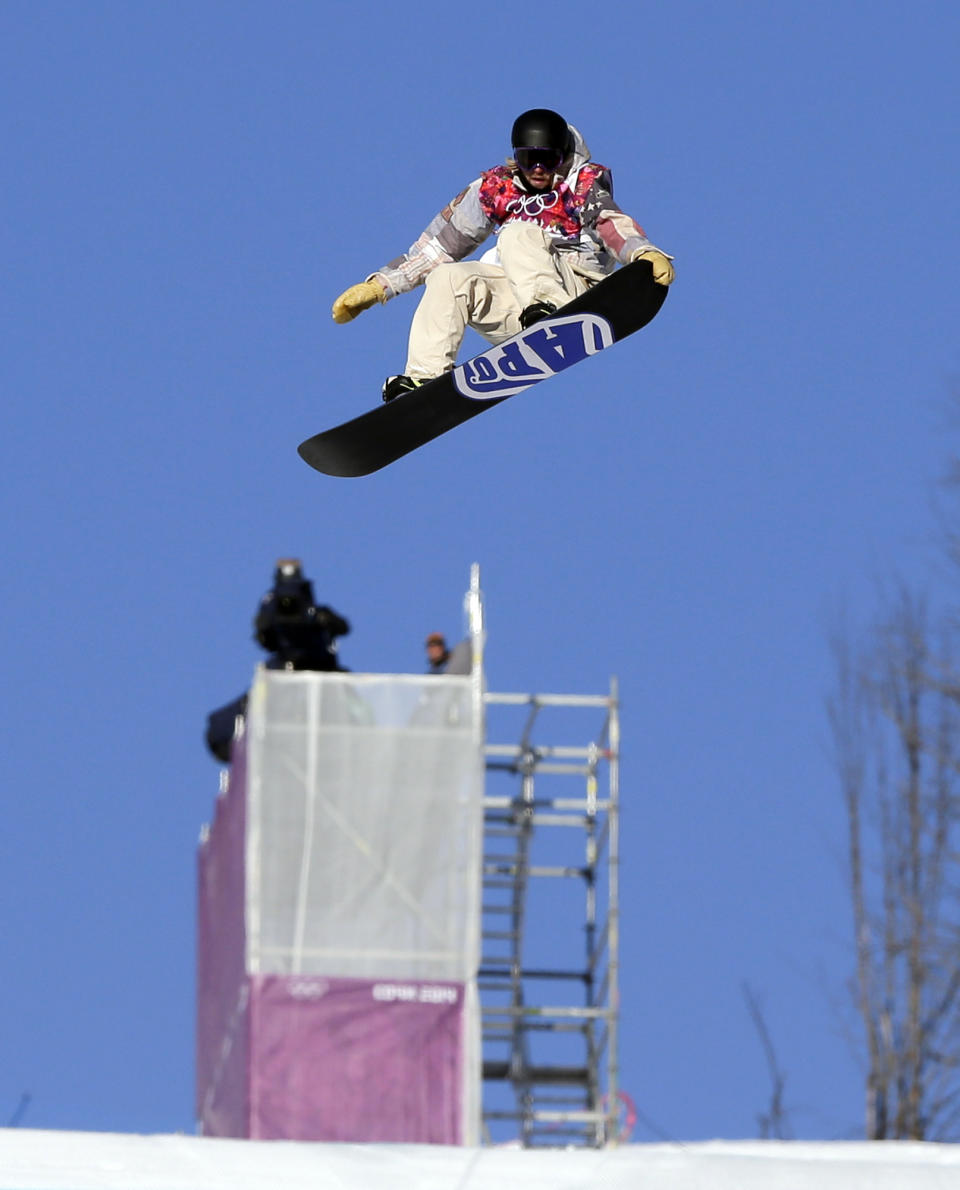
Word: Jib
Sport: Snowboarding
Easy enough: A jib is, simply, snowboarding or skiing across a non-snow surface, like a rail or a box. You’re more likely to hear this term in the X Games than the Winter Olympics, though with slopestyle — a performance event much like you’d see in the X Games with various objects such as rails, tables, boxes, walls and jump pads — being added to the Olympics, it will be a word that will undoubtedly arise.
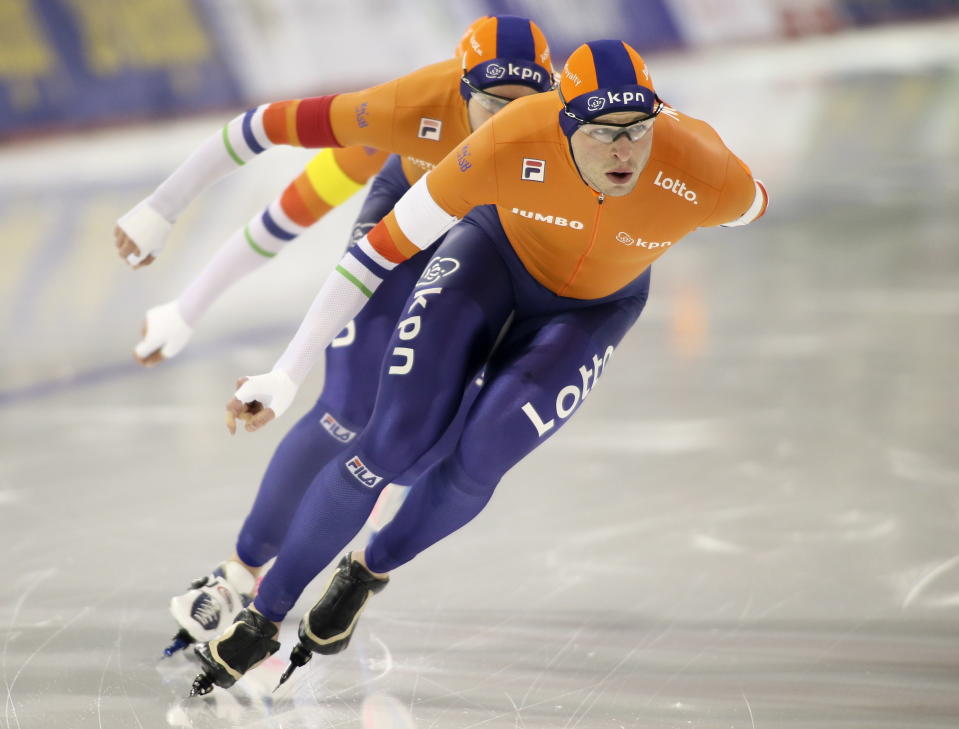
Word: Samalog
Sport: Speed skating
This is the method of scoring in speed skating, where time equals points. All races are measured in time, which is then converted into points, using the average time on 500 meter units. For example: The time measured in a 1,000-meter race is divided by two, 1,500 by three, and so on and so forth.
It’s used primarily in all-around tournaments to convert results at various distances into points in order to determine an overall champion.
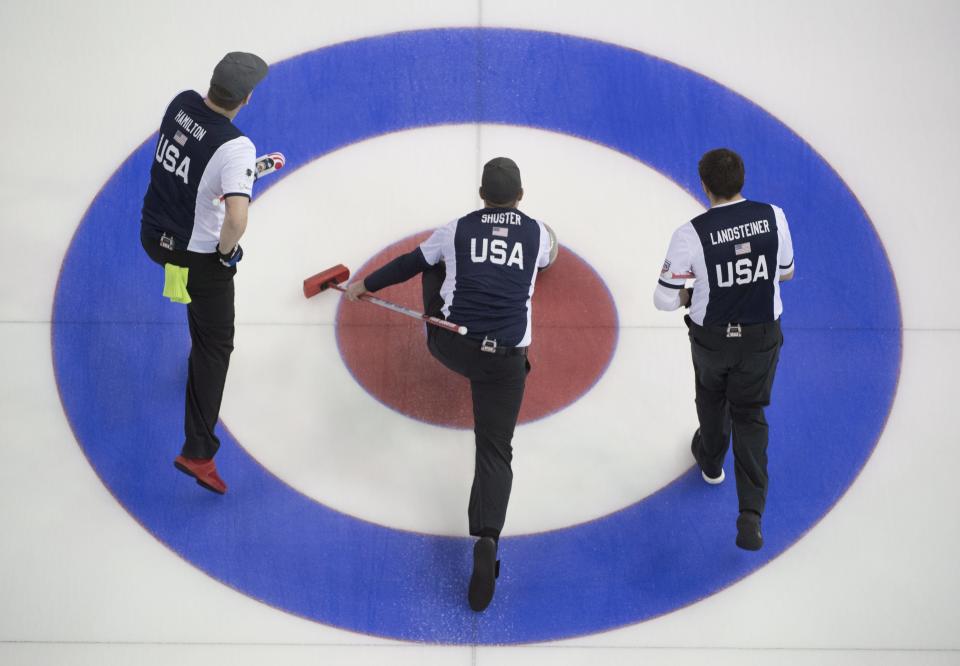
Word: Hog line
Sport: Curling
Death, taxes — and American fascination with the sport of curling every four years. The hog line is a mark on the ice which denotes where curlers need to release their stones towards the target, also known as a house.
More Olympic coverage from Yahoo Sports:
• Ski jumper Larson becomes 100,000th male athlete at Winter Olympics
• Wetzel: Gymnastics scandal raises questions over how USOC values Olympians
• Cute little robots starring so far at Winter Olympics
• Check out Mexico’s unique ski team uniforms
• North Korean athletes set to compete in PyeongChang


